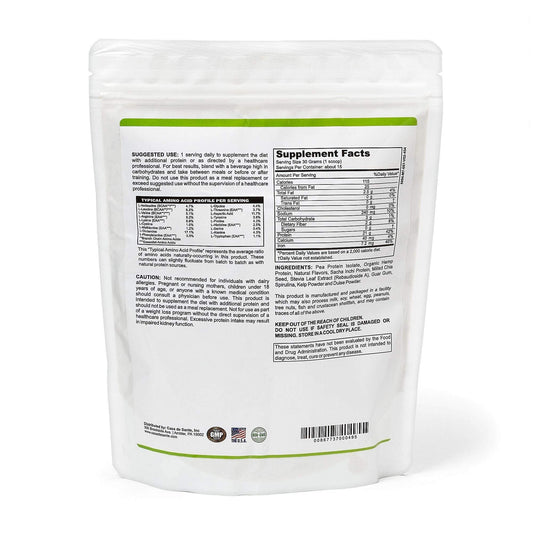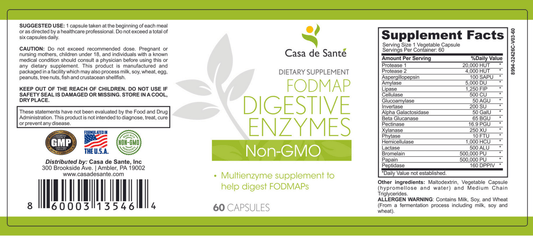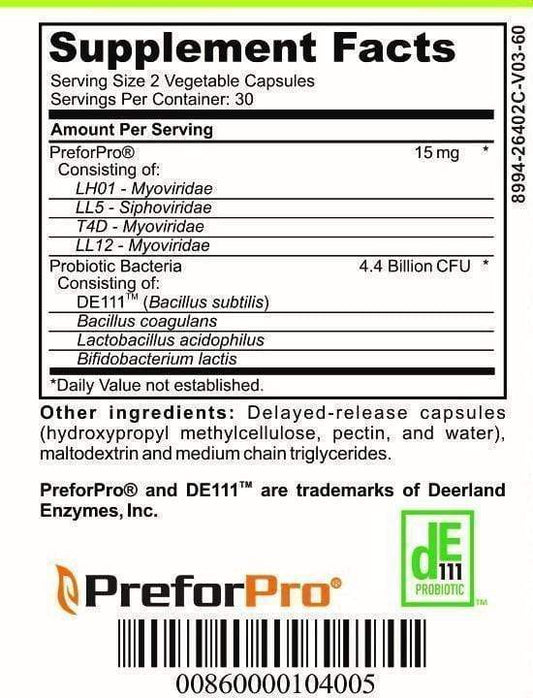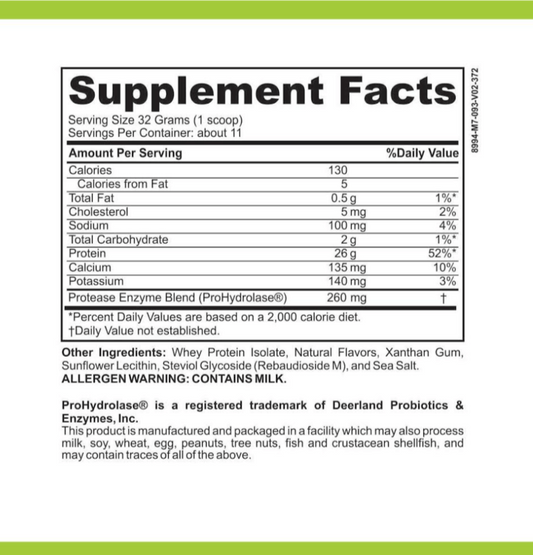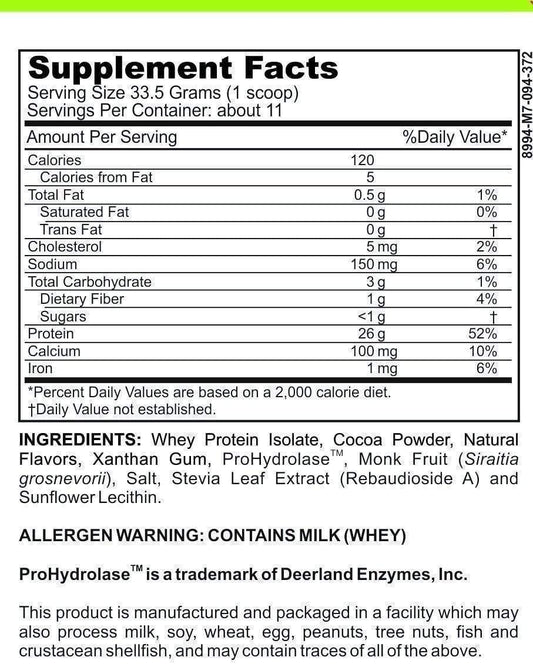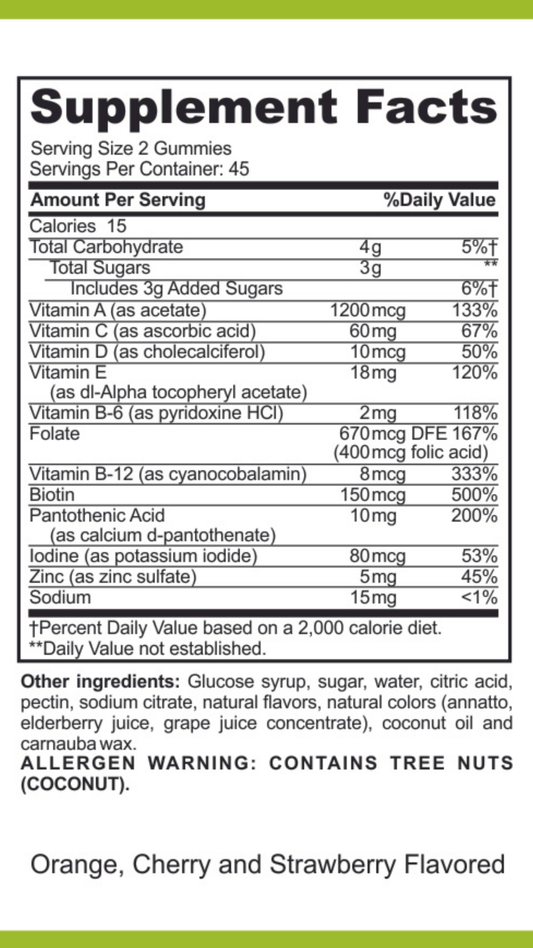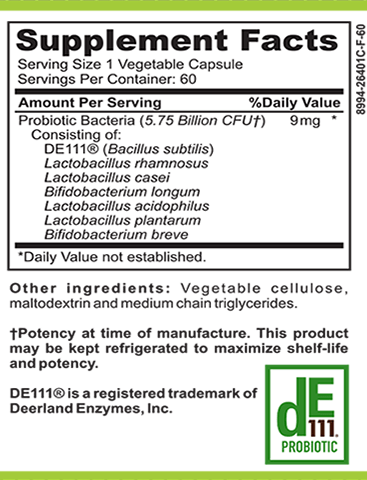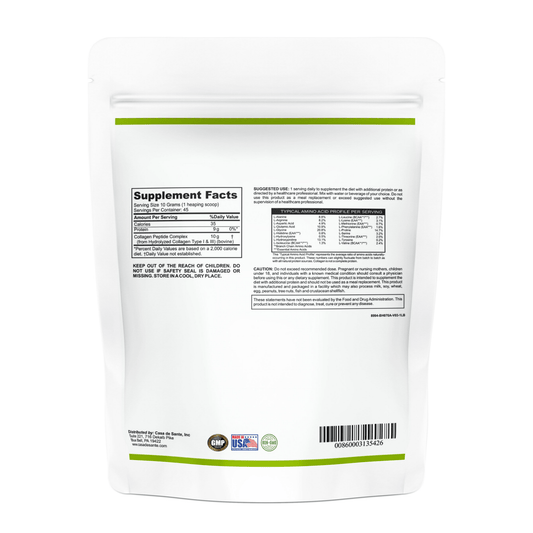Unlocking Gut Health: The GI Map Fundamentals for Better Patient Care
In the world of integrative health, understanding the gut microbiome is essential for effective patient care. The GI Map test stands out as a leading diagnostic tool, providing insights that can help practitioners tailor treatment plans for optimal health outcomes. This article explores the key features of the GI Map and how it can transform patient care.
Key Takeaways
- The GI Map uses quantitative PCR for precise microbial analysis.
- It provides a concise five-page report, making it user-friendly for practitioners.
- Understanding H. pylori and its implications is crucial for gut health.
- The GI Map identifies three main patterns of gut health: insufficiency dysbiosis, inflammatory dysbiosis, and digestive dysfunction.
- Additional markers can enhance the GI Map's utility in clinical practice.
What Is the GI Map?
The GI Map is an industry-leading stool test that utilizes quantitative PCR technology. This method is significant because it allows for the detection of low-level opportunistic and pathogenic microorganisms that other tests might miss. The GI Map combines microbial analysis with intestinal health proteins, providing a comprehensive assessment of gut health.
Why Choose the GI Map?
Many stool tests are available, but the GI Map is favored for its actionability and clinical utility. Here are some reasons why:
- Sensitivity and Specificity: The quantitative PCR method is highly sensitive, making it effective for identifying low-abundance pathogens.
- Concise Reporting: The GI Map report is only five pages long, unlike other tests that can exceed 30 pages. This brevity makes it easier for practitioners to interpret results and discuss them with patients.
- Comprehensive Analysis: The test covers various aspects of gut health, including:
- Pathogens
- H. pylori profile
- Commensal bacteria
- Opportunistic organisms
- Fungi and viral assessments
- Intestinal health chemistries
- Antibiotic resistance genes
Understanding H. Pylori
H. pylori is a significant focus in gut health discussions. The GI Map provides detailed insights into this organism, including:
- Quantitative Results: The test gives an absolute count of H. pylori per gram of stool, which is crucial for determining treatment options.
- Variance Factors: These indicate different strains of H. pylori, some of which may be more virulent than others.
- Antibiotic Resistance Genes: Understanding these genes is vital for selecting appropriate treatment options, especially if the patient has a history of antibiotic use.
Patterns of Gut Health
The GI Map helps identify three main patterns of gut health:
- Insufficiency Dysbiosis: Characterized by low levels of beneficial bacteria, leading to compromised gut barrier function and immune response.
- Inflammatory Dysbiosis: Marked by high levels of pathogens and potential overgrowth of beneficial bacteria, often resulting in inflammation.
- Digestive Dysfunction: Often linked to low stomach acid and insufficient bile acids, leading to symptoms like gas, bloating, and abdominal discomfort.
Additional Markers and Tools
The GI Map also offers optional add-on markers, such as:
- Fecal Gluten Peptide: Useful for assessing gluten exposure in patients claiming to be gluten-free.
- Secretory IgA: Indicates mucosal immunity and can help assess the gut's immune response.
Conclusion
The GI Map is a powerful tool for practitioners looking to enhance their understanding of gut health. By providing detailed insights into the microbiome and identifying key patterns, it empowers healthcare providers to create tailored treatment plans. Whether you're a seasoned practitioner or new to functional medicine, integrating the GI Map into your practice can lead to better health outcomes for your patients.
For more resources and information on the GI Map, consider exploring the educational materials available through Rupa Health and Diagnostic Solutions Laboratory. These resources can help you stay informed and improve your clinical practice.


